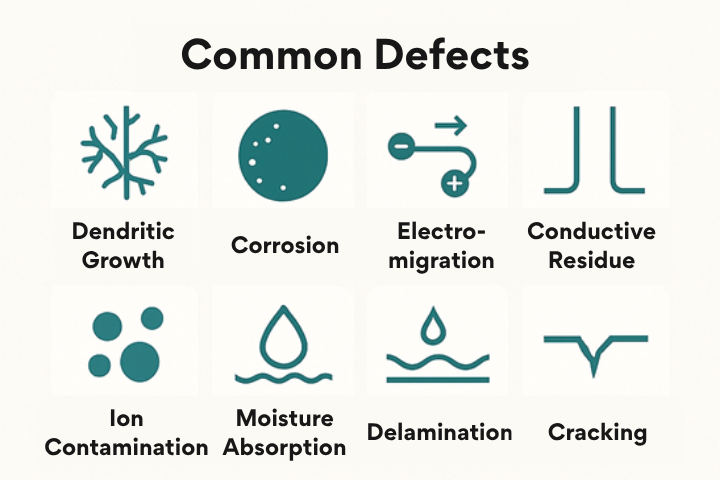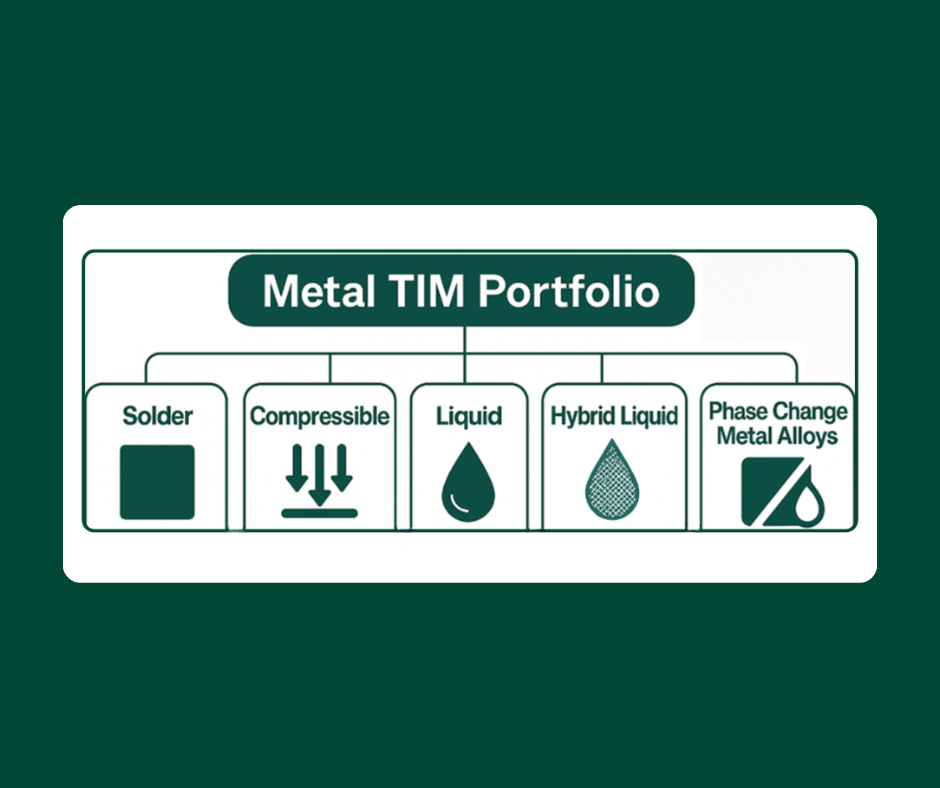My friend and colleague, Eric Bastow, got back last month from an IPC standards meeting with some interesting news for those of us who supply and use solder paste. Here I’m talking about everything from standard SMT printing and Power Semiconductor die-attach solder paste (type 3 and 4) down to PoP and waferbumping solder pastes (type 5, 6, 7 etc). I had heard that there were some changes in the way the powder types are categorized and wanted to learn more. Here is what we discussed:
[Andy Mackie] What is the current status of solder powder “type” designations from the new IPC J-STD-006B (Oct 2009)?
[Eric Bastow] In the original J-STD-006B (Oct 2008) and its two amendments, a solder particle size distribution (PSD) table, Table 3-1, was included as part of the standard to define the different powder “types”: 3, 4, 5 and so on. However, this table has been removed from the version published exactly 1 year later (October 2009) and also, somewhat confusingly, called J-STD-006B. This latter standard refers the reader to the old J-STD-005 (Solder Paste) for powder type determination by PSD, tables 2A and 2B.
[Andy Mackie] So how are solder powder types currently (May 2010) defined by the IPC?
[Eric Bastow] The responsibility for defining the powder size distribution for the respective types now goes by default to IPC Task Group 5-24b, which maintains the J-STD-005 and its amendments and associated documents. This standard and its amendment were createdin the early 90’s, and then published in January 1995, when even type 4 paste was uncommon at best, so its relevance now in the second decade of the third millennium is rather questionable, particularly given the enormous changes in solder powder manufacturing methodology and analytical characterization that have occurred in that timeframe.
[Andy Mackie] I understand that there are even some concerns about the test methods used to define the PSD.
[Eric Bastow] Yes, very much so. It is interesting to note that the original J-STD-006B Table 3-1 recognized that “Types 5, 6 and 7 are shown as general industry accepted size ranges for development purposes. Current listed methods for measuring these particle sizes may not be accurate enough for exact size and range distribution”. That initial sentence is very revealing about the tentative nature of these “type” definitions. These same concerns were raised at the J-STD-005 meeting at APEX in April 2010, and I also raised issues about the relevance of the test methods (see below) that were in use.
|
IPC TM-650: Test method #: |
Sample Type: |
Powder Type Suitability: |
Comments: |
|
2.2.14 |
Solder paste only |
Type 1-4 only |
Poor reproducibility, screen-based method. Particle size distributions are already defined (Table 2A and 2B) and conflict with J-STD-005 table. |
|
2.2.14.1 |
Solder paste only |
Type 1-6 (Table 1) |
Very subjective microscopy technique. Sample set only 50 particles. |
|
2.2.14.2 |
Solder paste only |
Type 1-6 (Table 1) |
An equipment-based method, yet no equipment set is defined. Analysis method clearly refers to a single equipment type. 200particles measured for type 1-4 and 400 for type 5,6 |
Note that none of these addresses the possibility of pure solder powder being the sample.
[Andy Mackie] How did you and Indium Corporation drive the Solder Paste Task Group (5-24b) into the next phase?
[Eric Bastow] We realized that using 15year old test methods and standards for solder powder based exclusively on extraction from solder paste would raise serious concerns with our customers. As a start, Indium Corporation suggested round-robin testing amongst the various solder powder suppliers. The testing will involve the use of the in-house measurement techniques of those suppliers on representative powder samples from each of those suppliers, to see what sort of data scatter is observed. We helped the task group to recognize that defining the particle size distribution of the various types, especially the finer types, does not make much sense without first determining a reliable and repeatable method of measuring the particle size.
Once that is complete, we can begin to define what we mean by each powder type, and also if there is a need for such “hybrid” categorizations as type 4.5.
[Andy Mackie] Eric: thank you, and please keep up the good work.
===
The interesting thing is that it will not affect the way Indium Corporation supplies or manufactures solder powder and paste materials according to our customers’ needs: just how we define them.
Cheers! Andy



